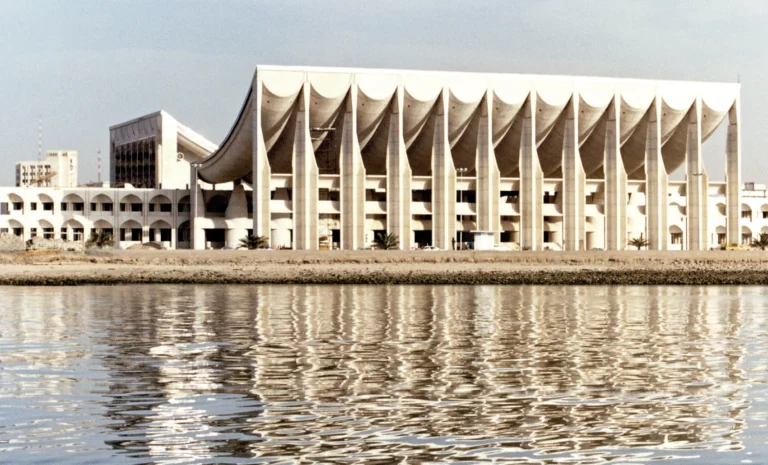
[ad_1]
The Kuwait National Assembly Building is a key landmark in the capital city of Kuwait, standing as a symbol of the country’s rich history and significant political developments. For tourists and business travelers visiting Kuwait, the National Assembly Building offers a unique opportunity to discover the country’s political heritage and gain insights into its democratic system.
The History of the Kuwait National Assembly Building
The Kuwait National Assembly Building, also known as the Majlis Al-Umma, holds a significant place in Kuwait’s history. It was officially inaugurated in 1982, making it a relatively modern architectural marvel. The building’s design is a blend of traditional Islamic architecture and modern influences, reflecting Kuwait’s commitment to preserving its heritage while embracing progress.
The Symbolism of the National Assembly Building
The National Assembly Building is not merely a structure for housing government proceedings; it is a symbol of Kuwait’s dedication to democracy and political participation. The architecture and design of the building mirror the country’s values, serving as a reminder of the importance of civic engagement and public discourse.
The Significance for Tourists and Business Travelers
For tourists and business travelers visiting Kuwait, a visit to the National Assembly Building can provide valuable insights into the country’s political landscape and cultural heritage. Exploring the building’s architecture and learning about its history can offer a unique perspective on Kuwait’s democratic journey.
Key Features of the National Assembly Building
When visiting the National Assembly Building, tourists and business travelers can expect to encounter various interesting features, including:
- Ornate Décor: The interior of the National Assembly Building is adorned with intricate Islamic designs and traditional motifs, showcasing the country’s rich artistic heritage.
- Committee Rooms: Visitors may have the opportunity to observe the various committee rooms within the building, where important legislative decisions are made.
- Public Galleries: The National Assembly Building offers public galleries where visitors can witness parliamentary sessions and engage with Kuwait’s democratic process.
Why Visit the National Assembly Building
Visiting the Kuwait National Assembly Building can be an enlightening experience for tourists and business travelers for several reasons:
- Cultural Insight: A visit to the National Assembly Building allows visitors to gain a deeper understanding of Kuwait’s cultural and political landscape.
- Historical Value: The building’s historical significance provides a unique perspective on the country’s journey towards democratic governance.
- Architectural Splendor: The blend of traditional Islamic architecture and modern design makes the National Assembly Building a visually captivating destination.
Conclusion
The Kuwait National Assembly Building stands as a symbol of the country’s commitment to democracy and political engagement. For tourists and business travelers, a visit to this historic landmark offers a chance to explore the intersection of Kuwait’s cultural heritage and political significance. Whether admiring its architectural beauty or observing parliamentary proceedings, the National Assembly Building provides a valuable glimpse into the heart of Kuwait’s political and cultural identity.
[ad_2]